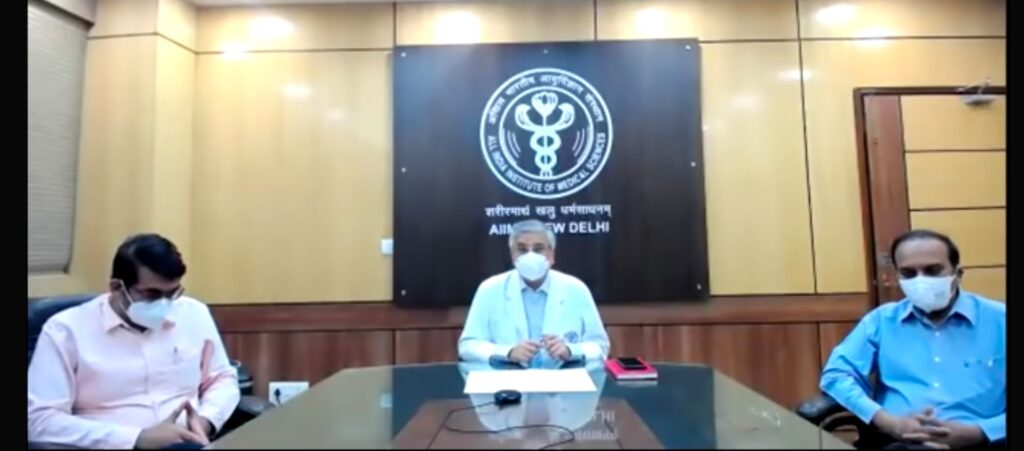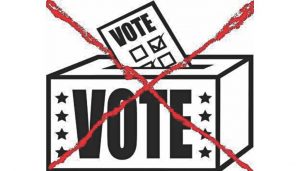Home Isolation in Mild COVID-19: Dos and Don’ts

Mumbai, 9th May 2021: we know, most people who catch COVID-19 would recover after experiencing either no or mild symptoms. Such patients need to isolate themselves at home, to both protect themselves and avoid spread of infection. The Government has been updating the clinical guidance for home isolation, based on evolving pandemic situation and clinical knowledge.
To shed light on the matter, 14 experts from tertiary care centres across the country took an AIIMS training session recently, on COVID-19 Management in Home Isolation. Dr Saurabh Mittal, Assistant Professor of Pulmonary, Critical Care and Sleep Medicine, AIIMS Delhi gave a presentation.
Following are the dos and don’ts which have been highlighted in the discussion; these will be helpful especially for health professionals and care-givers and those getting infected and having to undergo home isolation.
- Home isolation helps free hospital space and contain spread of disease in restricted environment.
- Mild disease means disease in which there are only upper respiratory tract symptoms which means no shortness of breath. Only patients having mild disease are recommended for home isolation. The decision about whether it is mild will be taken by doctor.
- The availability of requisite facility with attached separate bathroom at the residence for self-isolation should also be considered.
- Immunocompromised patients like HIV positive people are not recommended for home isolation and can be allowed home isolation only after proper evaluation by doctor.
- Elderly patients with comorbidities shall only be allowed home isolation after proper evaluation by the treating doctor.
- Patients should have caregiver on 24X 7 basis.
- Caregiver should have link with hospital for entire duration of home isolation.
- Treating physician should be kept updated regarding worsening symptoms. Patient should continue medications for comorbid conditions. He/she should be hydrated and well rested. Antipyretics should be consumed as per doctor’s prescription.
- Monitoring of symptoms is the most important segment in home isolation. Patients should make use of pulse oximeter and should promptly report any deterioration of symptoms.
- Patients must stay in an identified room with attached bathroom which should have cross ventilation. They should stay away from other family members, especially the elderly and should not share personal items with other members.
- Patient should use triple-layer medical mask all the time which should be discarded after 8 hours of use. It should be disinfected with sodium hypochlorite before discarding.
- Regularly touched surfaces like table-top, door knobs should be cleaned with 1% hypochlorite solution or phenyl. Alcohol-based sanitisers are not recommended for disinfecting surfaces.
- Caregivers should wear triple-layer mask within the house. They should ensure hand hygiene before and after wearing mask and also after contact with patient and his/her immediate surroundings. They can use soap for 40 seconds or alcohol-based hand rub. Caregiver should avoid direct contact with secretions of the patient.
- Potentially contaminated items in immediate environment of patient should be avoided. Food must be provided to the patient in his/her room. Utensils and dishes used by the patient should be cleaned with soap and detergent.
- Patients should follow the instructions regarding physical distancing, mask use, handwashing, self-monitoring, and constant contact with healthcare provider.
- For symptomatic management patient may perform warm saline gargles twice a day, steam inhalation for a few minutes may also be done. Patient can also consume vitamin C and zinc tablets.
- The decision to administer remdesivir should be taken only by medical professional. Patient should not attempt to procure or administer remdesivir at home. Oral steroids should not be taken in mild disease. Only doctor can take decision about low dose of oral steroids if symptoms persist beyond 7 days.
- Patients should seek help of hospital if they develop difficulty in breathing or oxygen saturation goes below 94%; also, if they feel persistent pain in the chest or mental confusion or inability to rise.
- Patient under home isolation will stand discharged and end isolation after 10 days of symptom onset or if there is no fever for 3 days. There is no need for testing after the home isolation period is over.
- Caregivers can take hydroxychloroquine.
- For patients who are borderline hypoxic, proning is recommended to increase oxygen saturation by two to three points to avoid panic order stress.
Click here to read the latest detailed guidelines on home isolation .








